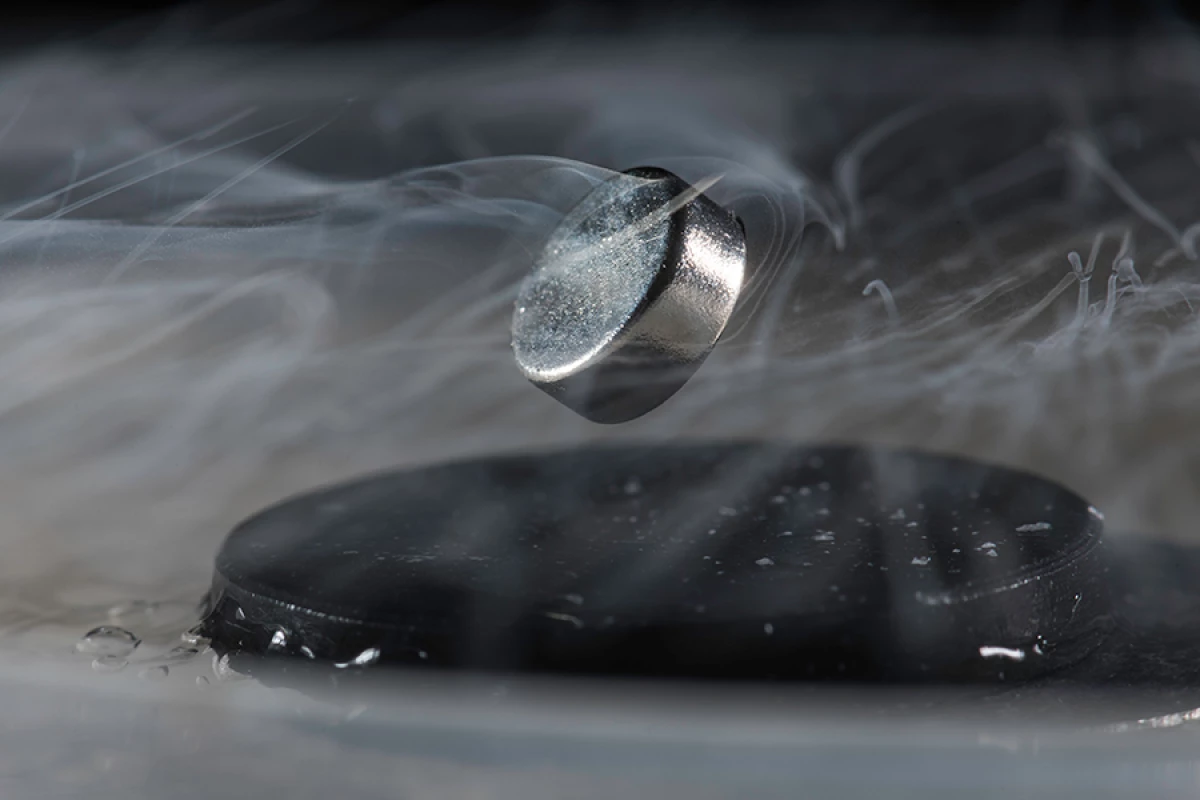Update September 28, 2022: The research paper that served as the basis for this article was retracted by Nature this week, following continued scepticism by scientists in the field. The authors stand by their work and intend to resubmit their research for publication with the journal with additional data. New Atlas has chosen to leave the original article online in the interests of transparency. Nature’s retraction statement can be read online here, and the accompanying commentary here.
Since its discovery more than a century ago, superconductivity has come to play a powerful role in many modern day technologies, such as maglev trains and MRI scans, but its utility has been limited by the need for extremely cool operating temperatures. Scientists are now claiming a big breakthrough in this area, creating what they say is the first material capable of superconductivity at room temperature.
The work was led by Ranga Dias at the University of Rochester, and aims to overcome one of the major roadblocks in expanding the uses of superconductive materials. These materials exhibit no electrical resistance and expel a magnetic field, but because they typically only function at temperatures below -140 °C (-220 °F), they require expensive equipment to maintain.
“Because of the limits of low temperature, materials with such extraordinary properties have not quite transformed the world in the way that many might have imagined," says Dias. "However, our discovery will break down these barriers and open the door to many potential applications."
Dias describes room temperature superconductivity as the “holy grail” of condensed matter physics, and in research published this week his team has taken a significant step towards that goal. Researchers have spent years experimenting with different materials in pursuit of room temperature superconductors, such as copper oxides and iron-based chemicals, but it was with widely abundant hydrogen that Dias and his team found success.
“To have a high temperature superconductor, you want stronger bonds and light elements,” he says. “Those are the two very basic criteria. Hydrogen is the lightest material, and the hydrogen bond is one of the strongest.”
One downside of this approach is that pure hydrogen can only be converted to a metallic state at extremely high pressures, so the team instead turned to alternative materials that are rich in hydrogen, but maintain the desired superconductive properties and can be metalized at far lower pressures.
The winning formula involves a mix of hydrogen, carbon and sulfur, which was used to synthesize organic-derived carbonaceous sulfur hydride in high-pressure research device called a diamond anvil cell. This carbonaceous sulfur hydride demonstrated superconductivity at around 58 °F (14.5 °C), and at pressures of around 39 million psi.
“We live in a semiconductor society, and with this kind of technology, you can take society into a superconducting society where you’ll never need things like batteries again,” says Ashkan Salamat of the University of Nevada Las Vegas, a co-author of the research.
Some of the applications for this type of material include more efficient power grids that transmit electricity without great losses caused by resistance in today’s wires, more powerful maglev trains or other futuristic transport solutions, and improved medical imaging technologies.
Before any of that happens, however, the team will work to address one problem with the current approach, which is the monumental pressure required to create the material inside the diamond anvil cell. Coming up with a way to produce the superconducting material at far lower pressures will be key to producing it in useful quantities at a reasonable cost, the researchers say. They also note that fine-tuning the makeup of ingredients could allow for superconductivity at even higher temperatures.
You can hear Dias explain the discovery in the video below, while the research was published in the journal Nature.
Source: University of Rochester




